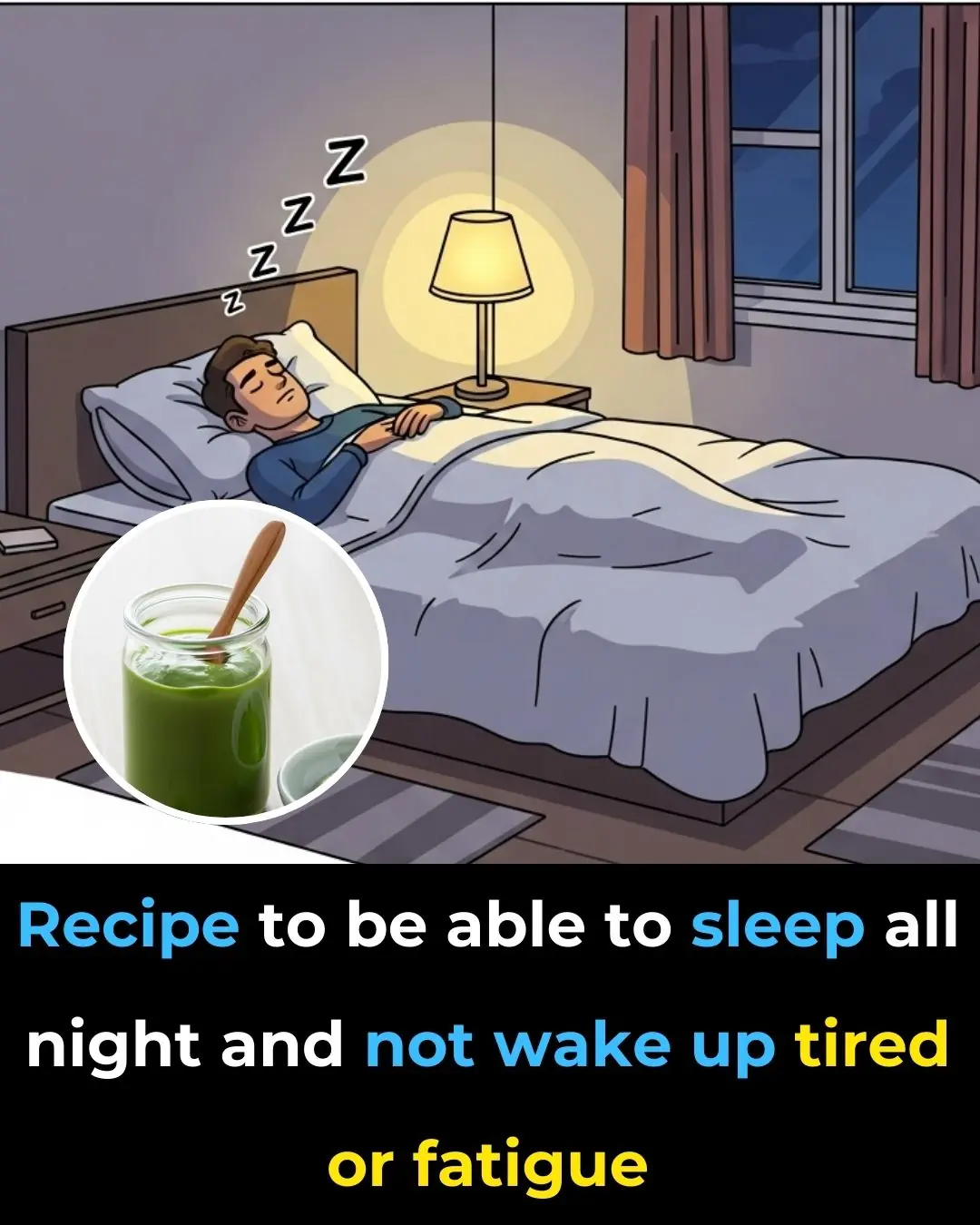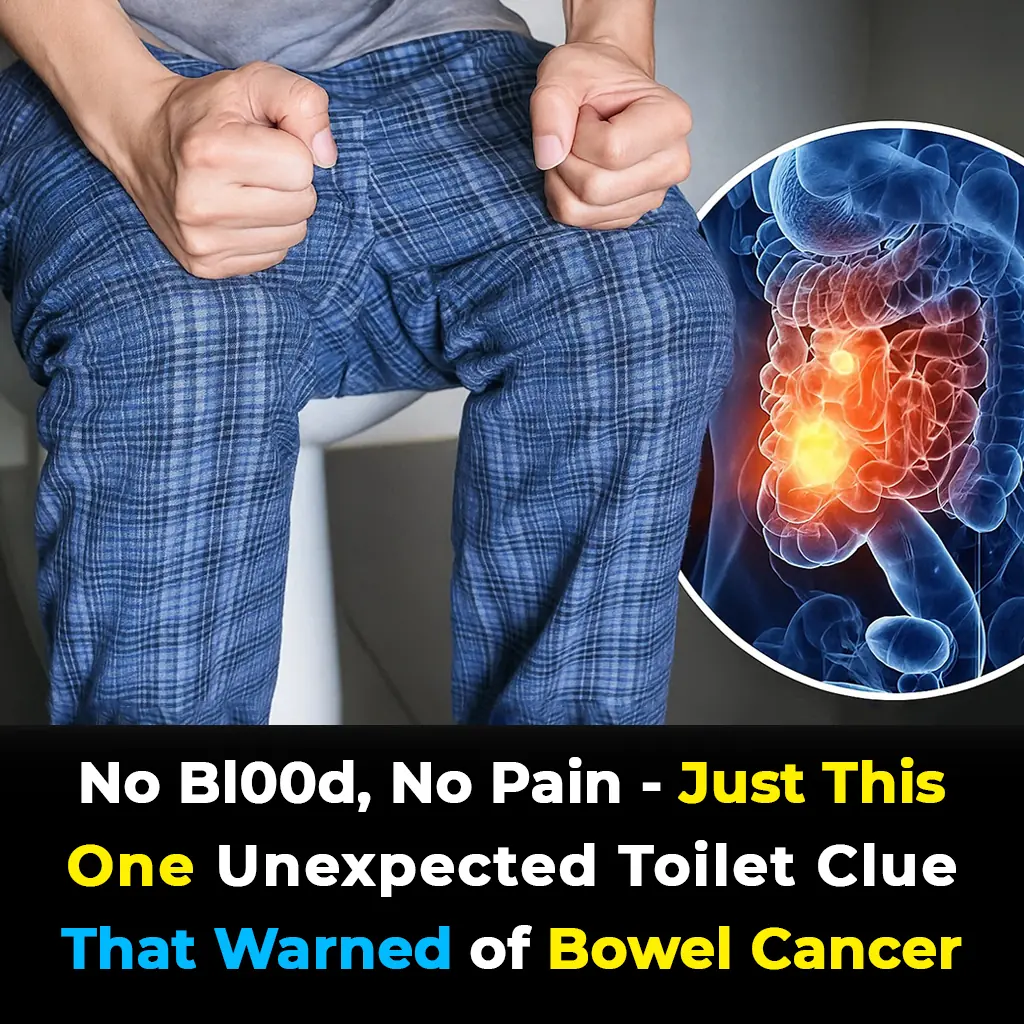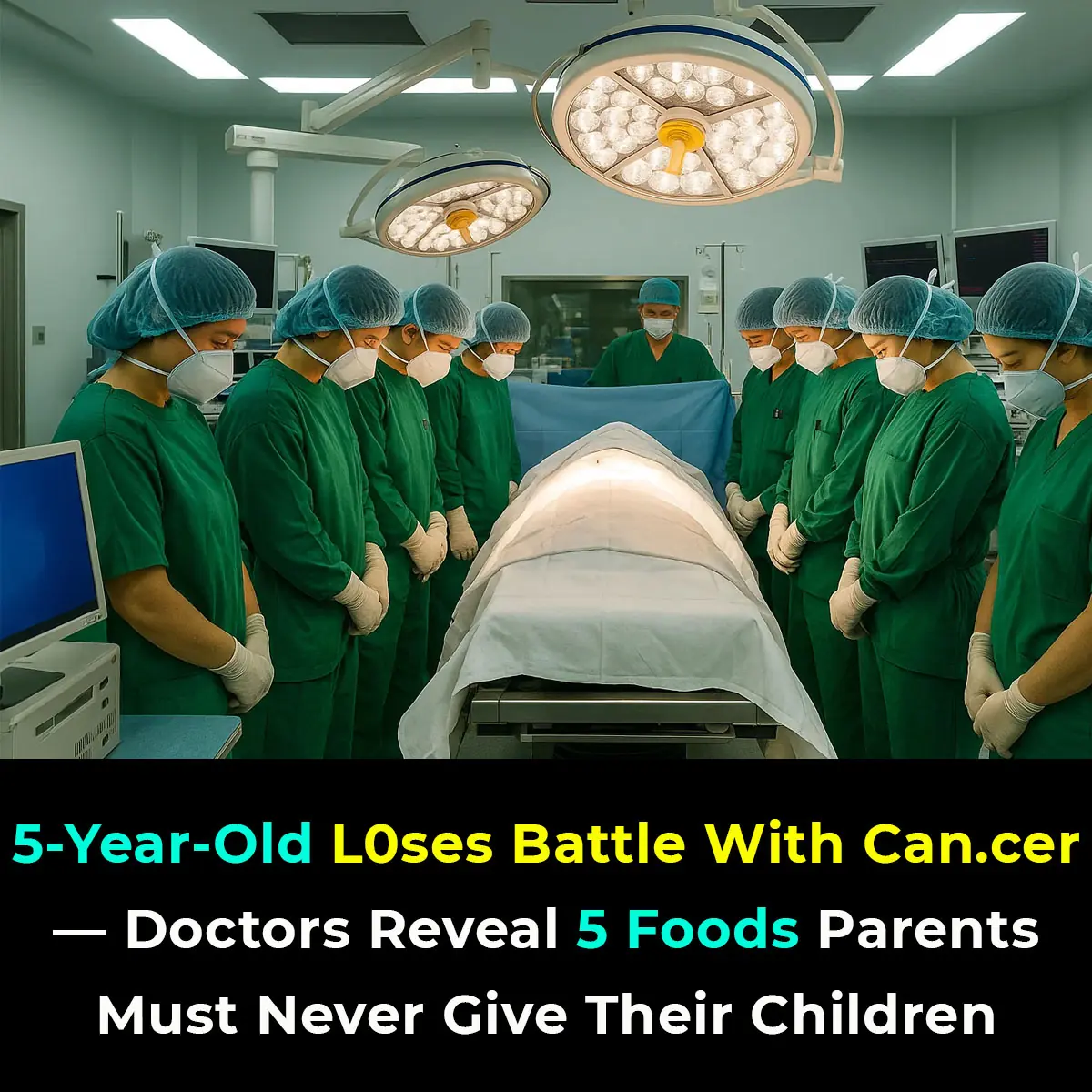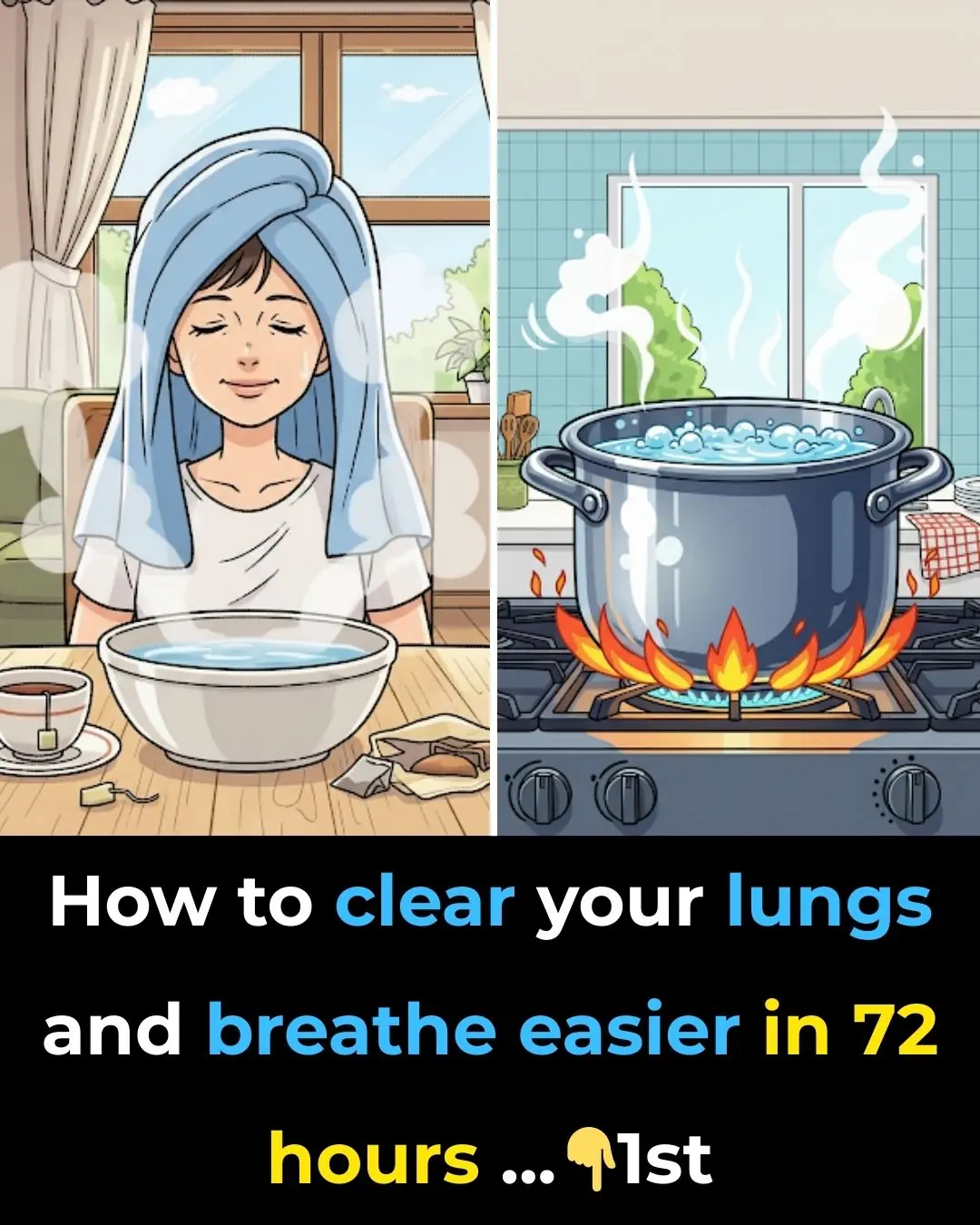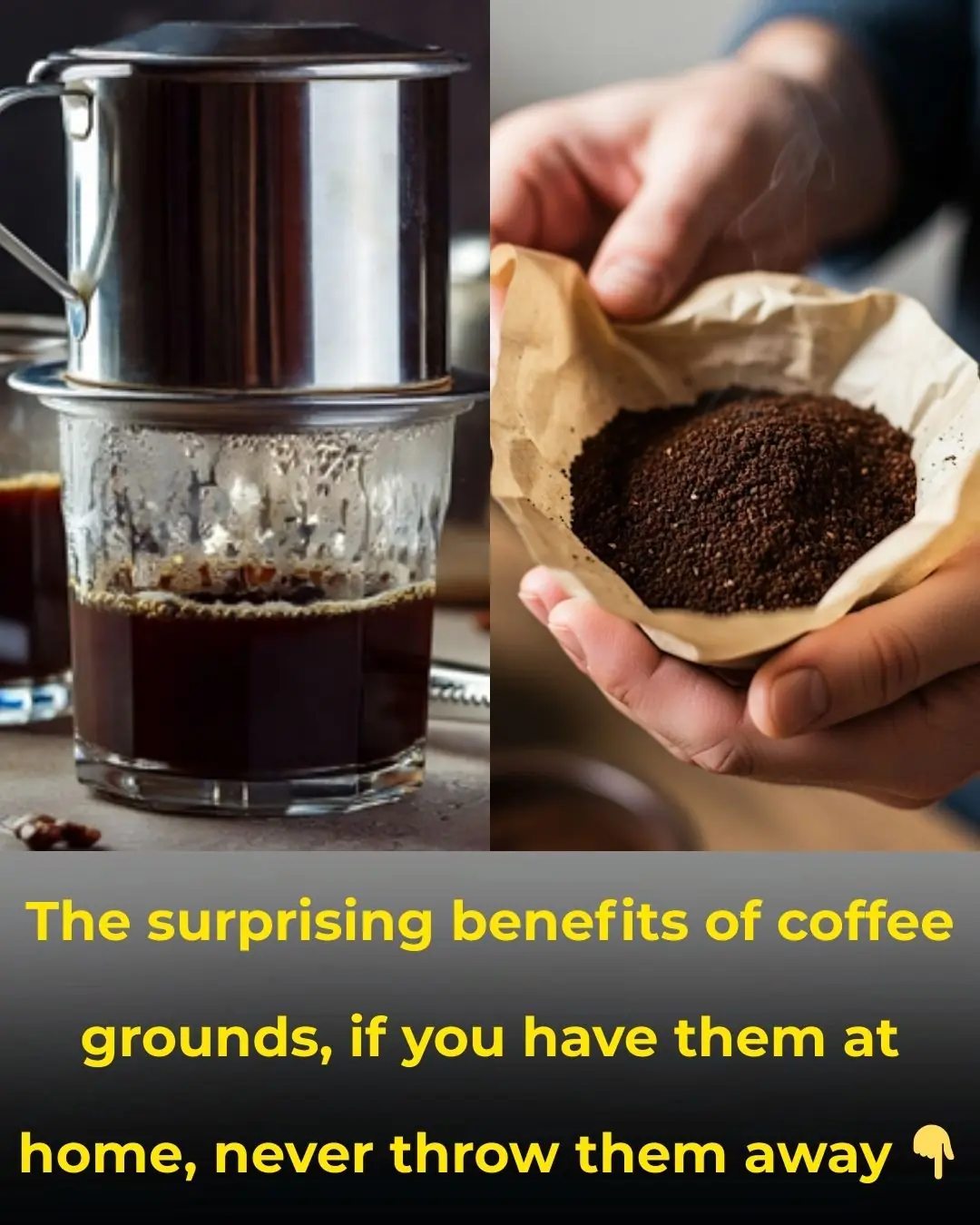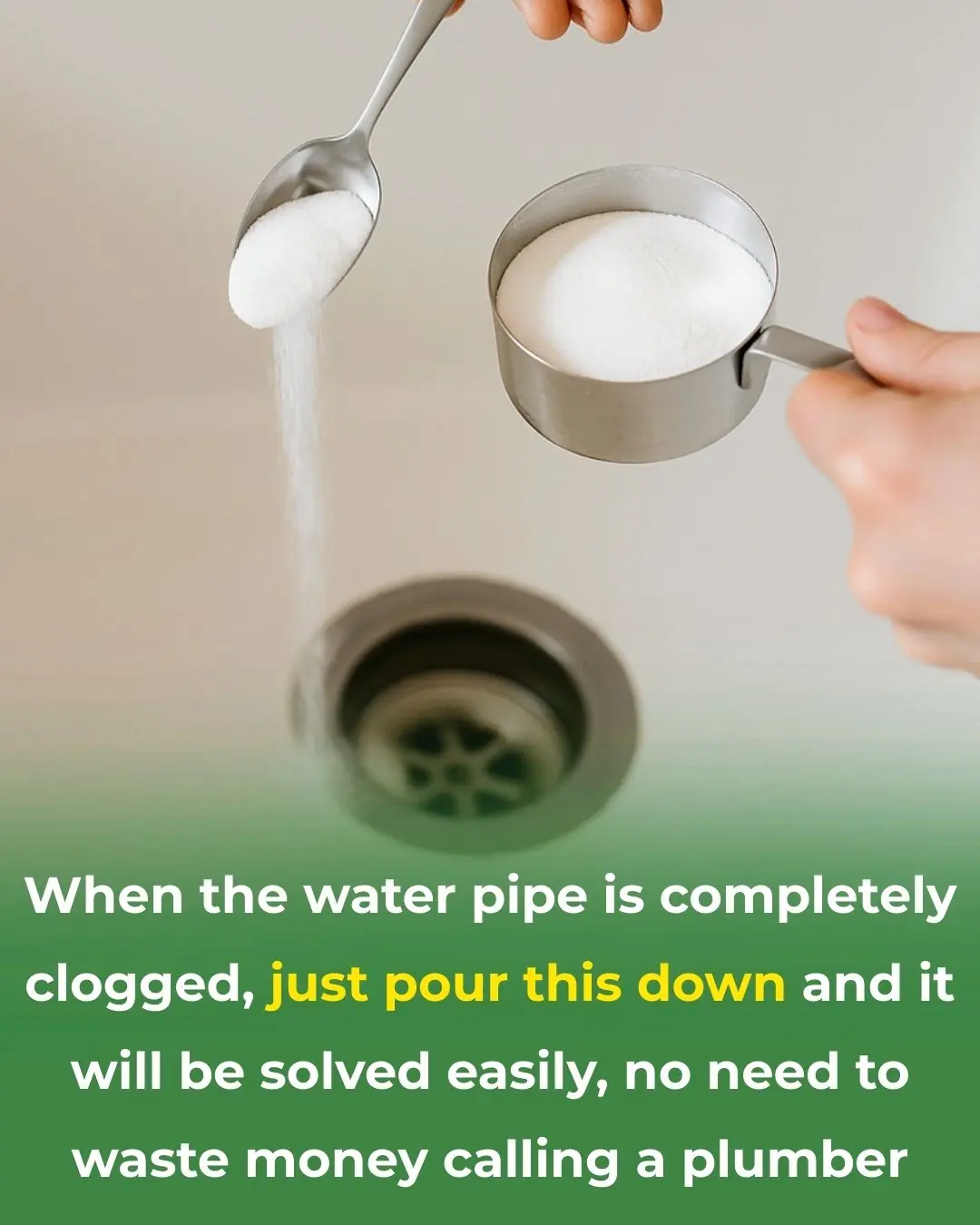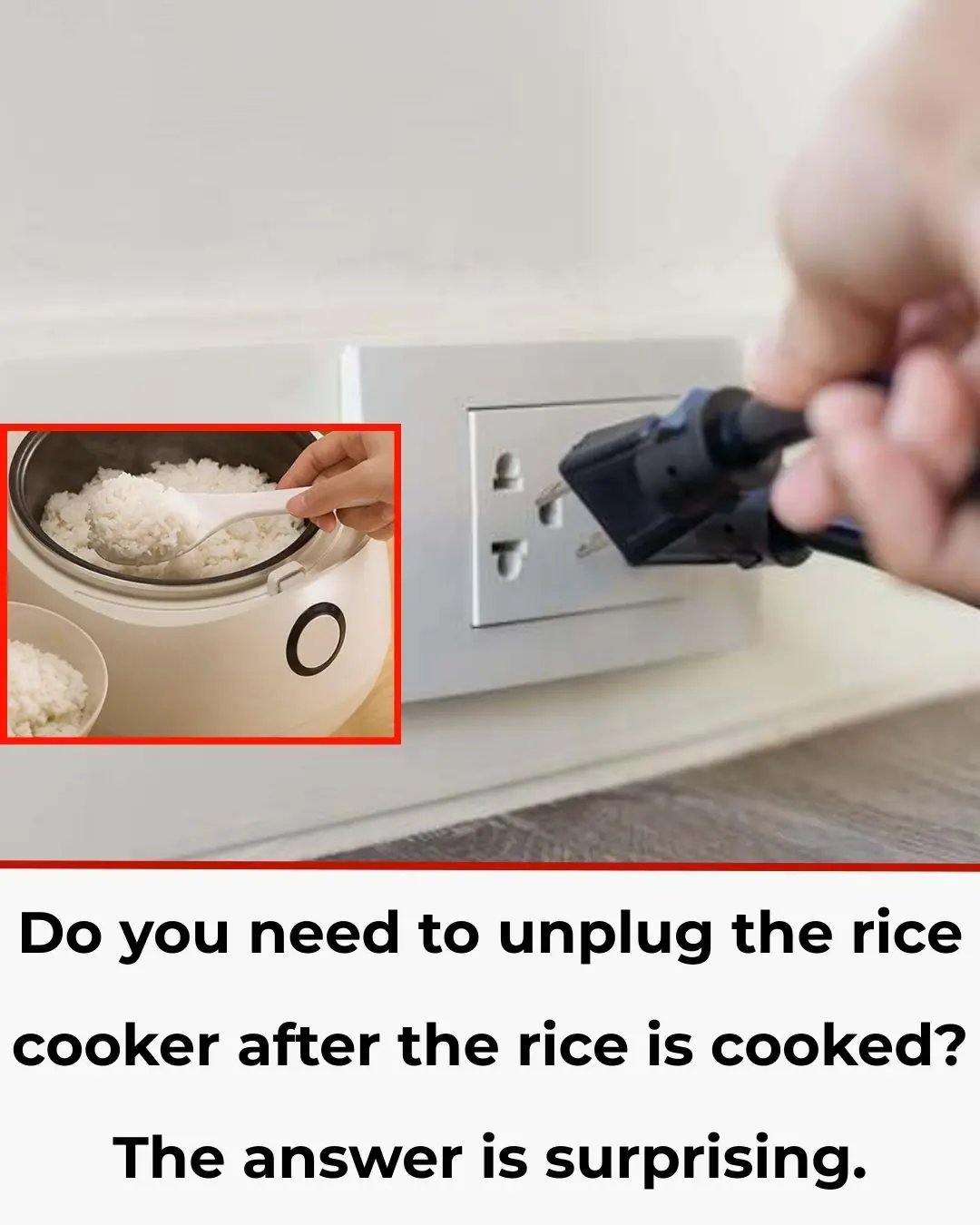TOPLINE:
Germicidal ultraviolet (GUV) light appliances in long-term care facilities for older adults did not significantly reduce acute respiratory infection rates within study cycles but did show a significant reduction in weekly infections rate over time.
METHODOLOGY:
- Researchers conducted a multicenter, randomized trial to assess whether GUV appliances could reduce the incidence of airborne acute respiratory infections in four long-term care facilities for older adults in Australia.
- The facilities were divided into eight zones, representing 211,952 bed-days. The zones were assigned to active GUV or inactive (control) conditions for 6 weeks, followed by a 2-week washout, a crossover, and another 2-week washout, spanning a total of 110 weeks.
- The primary outcome measure was the incidence rate of acute respiratory infections for each zone during each cycle.
TAKEAWAY:
- Over the course of the study, 596 acute respiratory infections were diagnosed, including 227 during intervention periods and 248 during control periods.
- The incidence of acute respiratory infections did not differ significantly between the control group (4.17 infections per zone per cycle; 95% CI, 2.43-5.91) and the GUV group (3.81 infections per zone per cycle; 95% CI, 2.21-5.41), with an incidence rate ratio of 0.91 (P = .33).
- However, trends evaluating infections per week revealed significantly fewer infections in the GUV group (2.29 per week; 95% CI, 2.06-2.51) than in the control group (2.61 per week;
